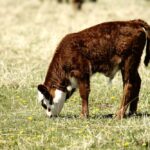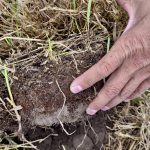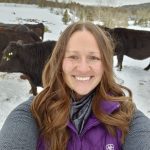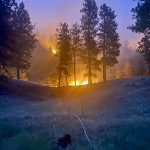
New calculator to help analyze Johne’s testing options
The online tool provides producers with a range of possible management scenarios for their herds

A leg up for young cattle producers
CCA’s new president discusses his priorities, including investing in the beef industry’s next generation, improving market access and risk management, plus protecting Canada’s herd from foot-and-mouth disease

Into the woods
A focus on balance required to get the most from grazing forested areas, say producers

How to win fans and influence consumers
Three people share how they changed their minds about beef, becoming advocates for beef production

Canada’s first national agri-food sustainability index in the works
Agri-food stakeholders collaborating to position Canada as a sustainability leader, create market access opportunities

New film features grazing as wildfire prevention tool
"Too Close to Home" highlights potential role of cattle in wildfire mitigation in B.C.

Union Forage rising
Thinking outside the box, customer consultation key to Union Forage’s success

Taking the guesswork out of selecting a data management program for your cattle herd
A recent Maritime Beef Council project analyzed various data management software from the producer’s perspective

Respect at the heart of successful producer meetings
Past Alberta Beef Producers delegate and this year’s AGM co-chair Cecilie Fleming talks about the human side of industry association meetings

A rangeland up in flames
Another record-breaking summer of wildfires in B.C. suggests the need for a new approach to fire prevention and management



